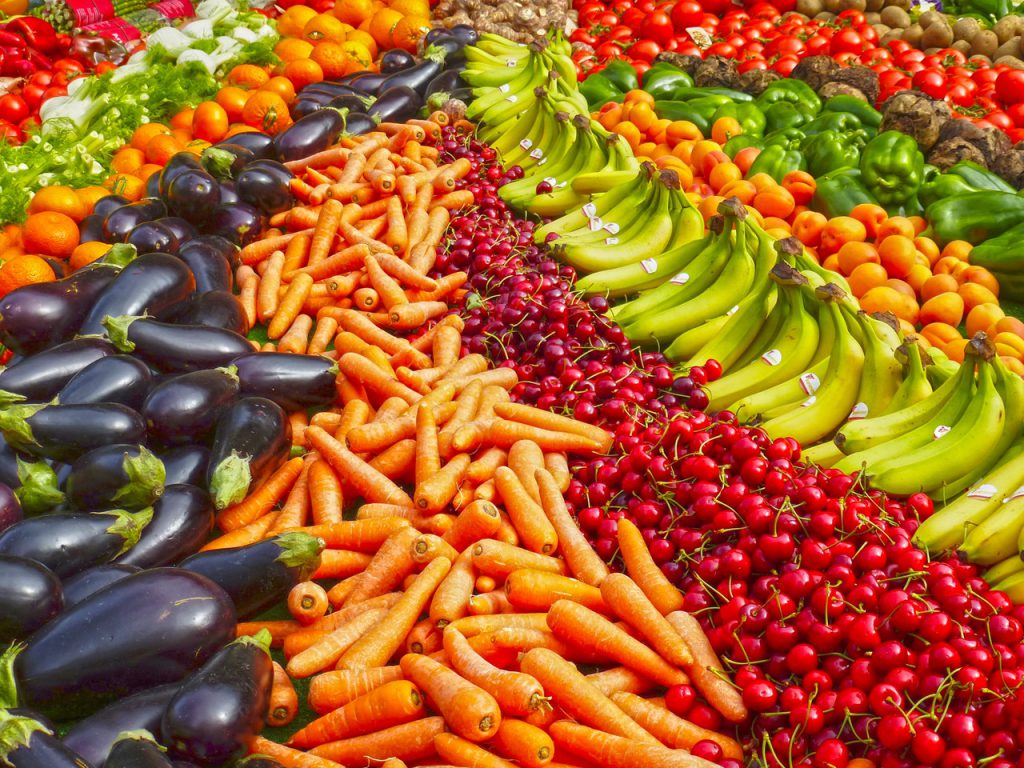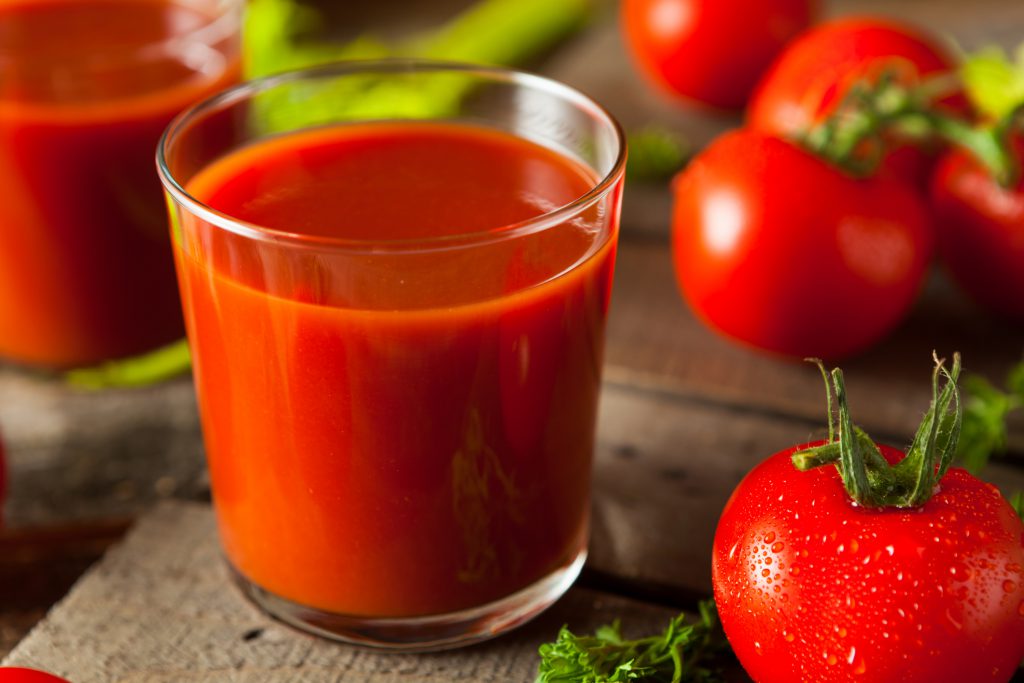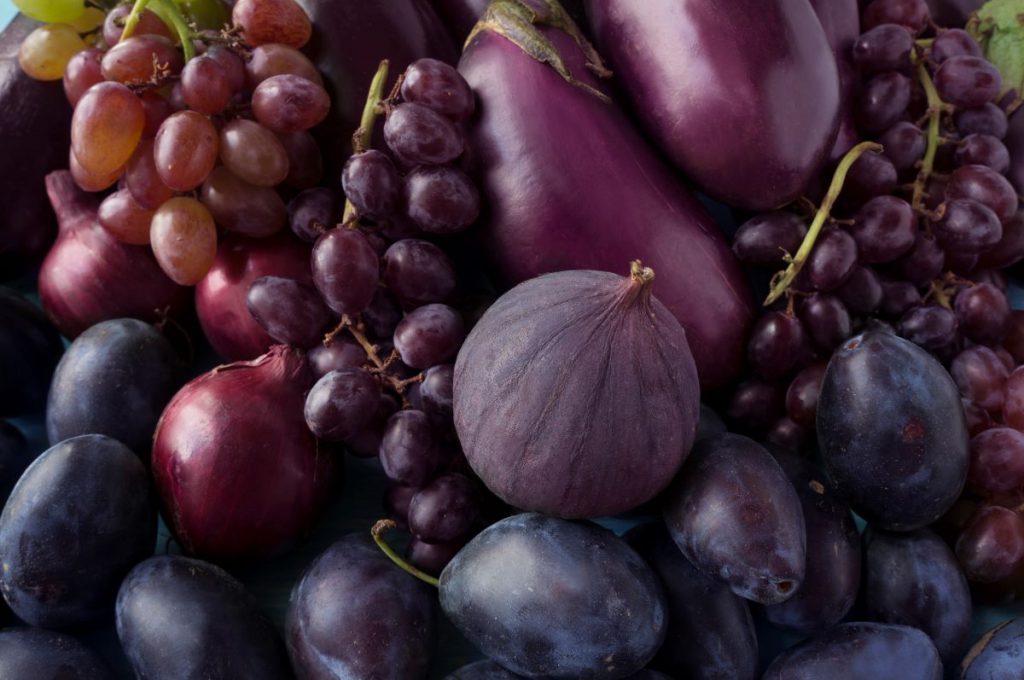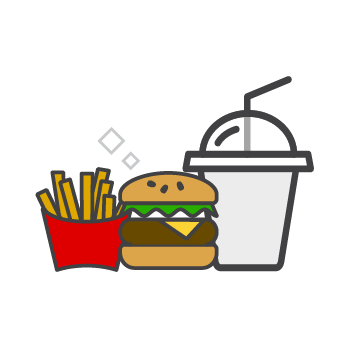Eat by Colour: Here’s How You Can Maximise the Health Benefits of Your Food
by Lou-Ann Jordan Nov 22, 2021

We’re sure you’re familiar with the tagline “taste the rainbow” well, we want to challenge you to eat the rainbow.
Fruits and vegetables are packed with vitamins and minerals and phytochemicals. These phytochemicals give them their diverse range of colours. Yes, just like the rainbow. Nutrition experts categorise food into different colour groups. Red, yellow/orange, purple/blue, green and brown/white is the most common classification.
In this article, we will look at the various fruits and vegetables that fall within each colour category and their known benefits.
Red group
The vegetables and fruits which fall into this group contain the antioxidant lycopene. On the whole, antioxidants are essential because they protect the body from free radicals. A diet rich in lycopene may be beneficial in preventing prostate cancer and other types of cancer. Lycopene also helps in promoting a healthy heart.

Your red foods
- Radish, tomato, strawberry, cherry, watermelon,
red apple, pink grapefruit, raspberry, kidney beans, red onion and cranberries.
Did you know that one
glass of tomato juice provides you with half of the recommended intake of
lycopene?
Yellow group
This set receives its colour from carotenoids. One such carotenoid is beta-carotene, which isn’t of itself an essential nutrient. However, it converts to vitamin A, and a suitable level of this vitamin has significant benefits. Some benefits are healthy skin and mucous membranes, as well as good eye health and vision. Also, vitamin A helps slow cognitive decline. In addition to beta-carotene, lutein is another carotenoid found in yellow foods. Lutein, the eye vitamin, helps protect against cataracts and age-related macular degeneration (AMD), leading to blindness.
Your yellow foods
- Carrot, sweet potato, pumpkin, pineapple, mango,
corn, oranges, squash, peach, grapefruit, lemon, honeydew melon, tangerine and cantaloupe.
Did you know that an orange contains over 100% of
the recommended daily intake of vitamin C?
Purple/blue group
Anthocyanin is the natural plant pigment that gives purple and blue fruits and vegetables their colour. Anthocyanins are a type of flavonoid with similar effects to antioxidants. They help to prevent heart disease, diabetes, inflammation and cancer. Foods of this group boost overall health because they contain an army of nutrients. (Valium)

Your purple/blue
foods
- Beetroot, eggplant, red cabbage, purple grapes,
plums, blueberries, blackberries and prunes.
Did you know that
red wine, as it is made from grapes, contains anthocyanin?
Green group
Fruits and vegetables coloured green contain indoles, sulforaphane and isocyanate. All three chemicals offer anti-cancer properties as they ward off carcinogens. Also, spinach and broccoli and other green leafy vegetables are excellent sources of folate.
Your green foods
Spinach, broccoli, callaloo, avocado, pears, green apples,
limes, green grapes, lettuce, cabbage, celery, cucumber, kale, bok choi (pak
choi), watercress, Brussel sprouts and asparagus.
Did you know that
broccoli is one of the most nutritious foods on the planet containing vitamin E
and K, folate, potassium, iron, manganese, B vitamins and even protein?
White/brown foods
Allicin is the phytochemical found in this category’s foods
and vegetables, and it has antiviral and antibacterial properties. Some white foods have quercetin and
kaempferol. Both of these flavonoids
boast anti-inflammatory properties.
Your white/brown
foods
- Cauliflower, garlic, banana, potatoes, onions,
ginger, mushrooms, dates and brown pears.
Did you know that in addition to combatting the
common cold, garlic can lower your cholesterol level?
Never before has there been a better reason to decorate your plate. Why taste the rainbow when you should be taking a big bite out of it? We invite you to start combining colours.
Check out this and many other articles in your copy of the Jamaica Yello telephone directory!








